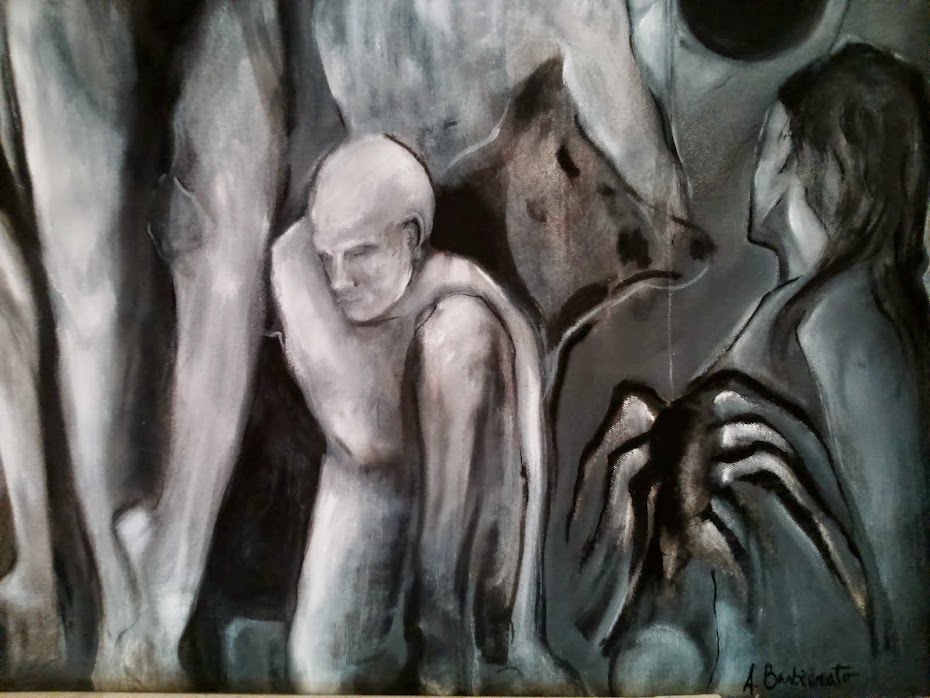Margaux and the dog in: repos, mixed media. 2013
Anita and a child in: repos, mixed media. 2013
over the rainbow, acrylic on canvas. 2013
potpourri dans le trou, acrylic on cardboard. 2013
the overfull in the three tenses, mixed media. 2013
le gauche, mixed media. 2013
naughty angel in: planet love, mixed media. 2013
a entrega, mixed media. 2013
potpourri dans le trou, acrylic on cardboard. 2013
riding Margaux and the rider in: the rider, mixed media. 2013






.jpg)
.jpg)


.jpg)




.jpg)


.jpg)




.jpg)
.jpg)










.jpg)